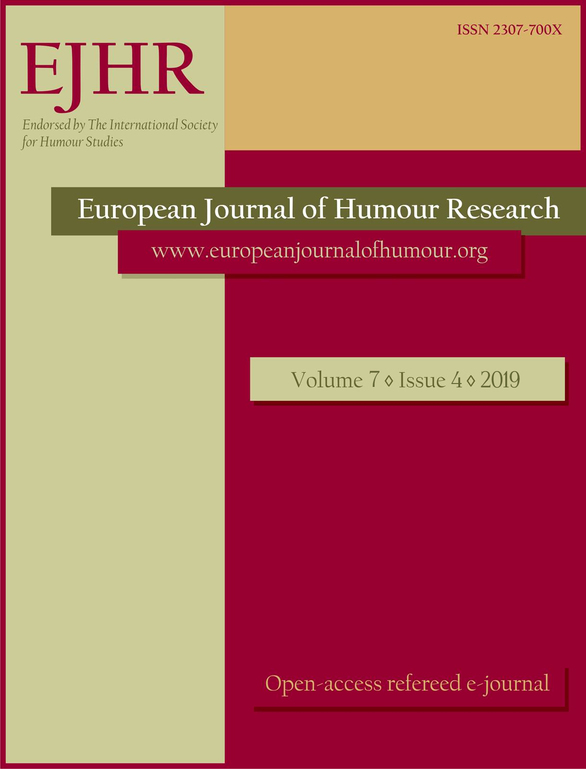Metapragmatic stereotypes and humour:
Metapragmatic stereotypes and humour:
interpreting and perceiving linguistic homogeneity in mass culture texts
Author(s): Vasia TsamiSubject(s): Language and Literature Studies, Theoretical Linguistics, Applied Linguistics, Communication studies, Pragmatics, Descriptive linguistics, Theory of Communication, Stylistics
Published by: Krakowskie Towarzystwo Popularyzowania Wiedzy o Komunikacji Językowej Tertium
Keywords: Metapragmatic stereotypes; stylistic humour; style; linguistic homogeneity; mass culture texts;
Summary/Abstract: The present study concentrates on the potential of mass culture texts to impose specific metapragmatic stereotypes (Agha 2007) through humour on the wider audience. Metapragmatic stereotypes constitute speakers’ internalized models of how language should or should not be used; such models guide speakers’ own language use and enable them to make evaluations about their own language behaviour or that of others. In this context, I explore the dominant metapragmatic stereotypes for the interpretation and perception of humorous mass culture texts. To this end, I analyse a humorous Greek TV advertisement of a telecommunications company. Drawing upon Coupland’s (2007) conceptualization of style and the General Theory of Verbal Humour (Attardo 2001), I intend to show that humour reflects, sustains, and reproduces the dominant metapragmatic stereotypes of linguistic homogenisation and monolingualism (Blommaert & Rampton 2011). Then, I explore how the audience perceives the representation of stylistic choices in mass culture texts and, more specifically, in the analysed advertisement. My informants were 96 students of the last two grades of a Greek elementary school. The recipients’ responses show that their metapragmatic stereotypes are aligned with the dominant ones: they approach stylistic choices as strictly-defined systems used in specific social contexts and they expect the alignment of TV fictional characters with linguistic homogeneity. My findings suggest that humour stigmatises specific styles, and that the audience perceive the respective (and reinforced through humour) metapragmatic stereotypes as guidelines for “correct” stylistic use. Furthermore, it seems that through humour, such stereotypes usually go unnoticed in mass culture texts and may even become naturalised, as they are framed in a “trivial” and “non-serious” manner.
Journal: The European Journal of Humour Research
- Issue Year: 7/2019
- Issue No: 4
- Page Range: 68-85
- Page Count: 18
- Language: English

